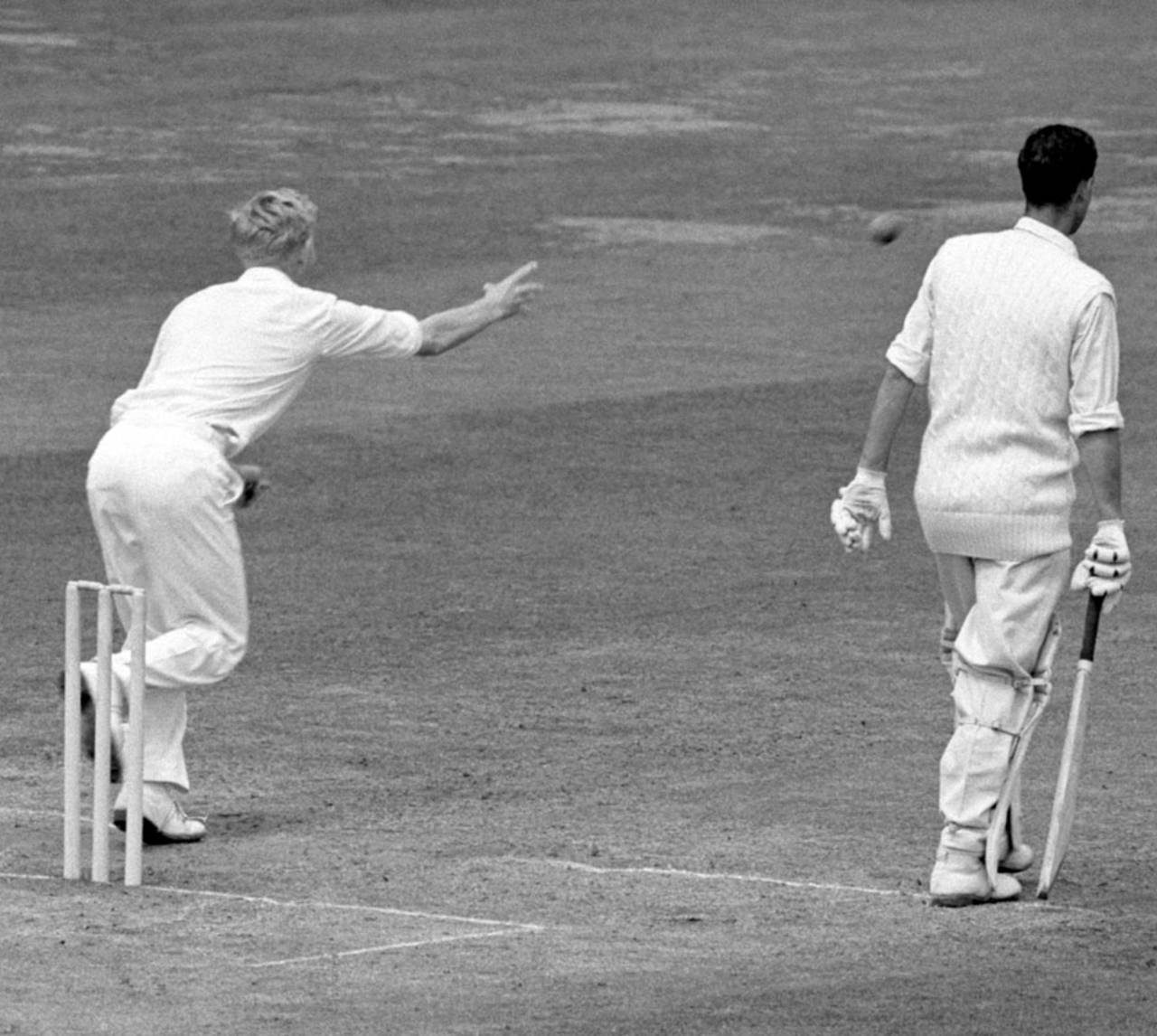The recent
suspension of
Saeed Ajmal for an illegal bowling action was the best thing that could have happened to cricket in quite a while. Not because Ajmal is some kind of a villain, but because in doing so, the ICC has demonstrated its intent to deal with cricket's worst menace. The surprising thing is that it took 35 Tests and 178 Test wickets, not to mention an equally impressive ODI record, for umpires to wake up and report Ajmal's obviously flawed action.
The accredited team of Human Movement Specialists at the National Cricket Centre in Brisbane said, "The analysis of the 36-year-old's action revealed that all his deliveries exceeded the 15 degrees level of tolerance permitted under the regulations." Incredible, isn't it, that what should have been obvious all along has taken so long to discover? What happens to all the wickets claimed so far by the bowler in his career and their impact on match results? Did he start exceeding the permissible arm flexion limit only in the recent Galle Test, during which his action was subjected to scientific scrutiny?
The ICC recently changed its protocols for testing bowling actions, supposedly after too many bowlers were cleared by the biomechanics in Perth. How long before the protocols are altered once more and the tests are conducted at some other new venue?
The ICC said in a statement, "Saeed, who was reported after the first Test match against Sri Lanka in Galle last month, can apply [for] a re-assessment after he has modified his bowling action in accordance with clause 2.4 of the Regulations for the Review of Bowlers Reported with Suspected Illegal Bowling Actions."
Easier said than done, even if the devastated bowler has himself shown great resolve by expressing his determination to correct his action in time to pass the test for the World Cup. More power to his elbow, though it will be an enormous challenge for him to keep his bowling action free from interference from that part of his anatomy. For rarely in the history of the game has a bowler with a faulty action rectified it and continued to be successful.
A famous example was that of the English left-arm spinner
Tony Lock, who was never quite the same force after undergoing a process of correction. The point is that it is the abnormality in the action that makes a bowler so dangerous - physically so in the case of a fast bowler, as Nari Contractor found out when felled by
Charlie Griffith back in 1962.
Ajmal was not long ago feted as one of the world's great bowlers. Do we feel sorry for him in his hour of distress, of public humiliation? Every bowler in a similar situation must feel deeply hurt. In today's cricket world of technological advancement, it is, however, hard to believe that these bowlers or their team-mates, captains and admirers are unaware of the unfair advantage they enjoy with their skewed bowling actions. Our sympathy should therefore lie more with the batsmen and the teams suffering at their hands.
There has probably been no more pitiful scene on a cricket field than the sight of South Africa's
Geoff Griffin being
no-balled by umpire Syd Buller during an exhibition match at Lord's for the benefit of the Queen's visit, after he had been no-balled 11 times in the Test match that concluded earlier that day. The year was 1960. Griffin, who took a
hat-trick in the Test, was only 21at the time, and he never recovered from the blow. Yet no tears were shed for him, and rightly so. There is no room for misplaced sentimentality in the matter.
The chucking and dragging row that erupted soon afterwards in world cricket, curtailing the careers of pacemen of the likes of
Gordon Rorke and
Ian Meckiff, led to vital legislation that changed the very trajectory of modern cricket.
The front-foot no-ball rule had as far-reaching an influence on the game as the restriction of the number of fielders behind the batting crease to two. And even if chucking was not eliminated from the game, vigilant umpires kept check on errant bowlers. Jasu's Patel 14 wickets in the 1959-60
Kanpur Test against Australia was probably the last instance of a famous Indian victory that owed to a dubious bowling action.
The ICC's new resolve, apparent in the latest action against Ajmal, is an important step forward in eliminating throwing from cricket, provided it is not undermined by nationalistic muscle-flexing by any of its members in an attempt to defend their bowlers, as has happened in the past. The measure can only be made genuinely meaningful if umpires are allowed to report a doubtful action during a match and the action is analysed in real time through appropriate technology, so that the reported bowler does not continue to claim victims illegally.
There is a school of thought that closing your eyes to chucking, or legalising it, would be a form of empowerment of the beleaguered race of bowlers in a batsman-dominated game. It is an absurd argument that goes against the grain of the game, not least because not all chuckers are very successful bowlers. The best way to empower bowlers is for their team managements to make them more accountable, insist on their putting in the hard yards to become more complete, more reliable bowlers, in the manner of the Glenn McGraths and Shane Warnes of the world.
